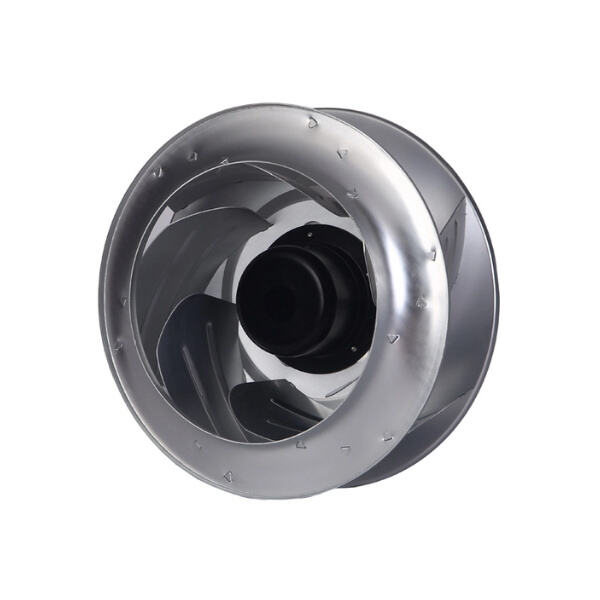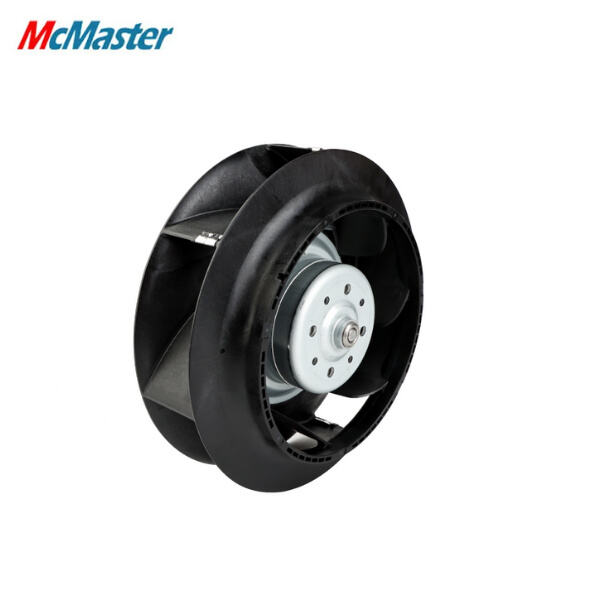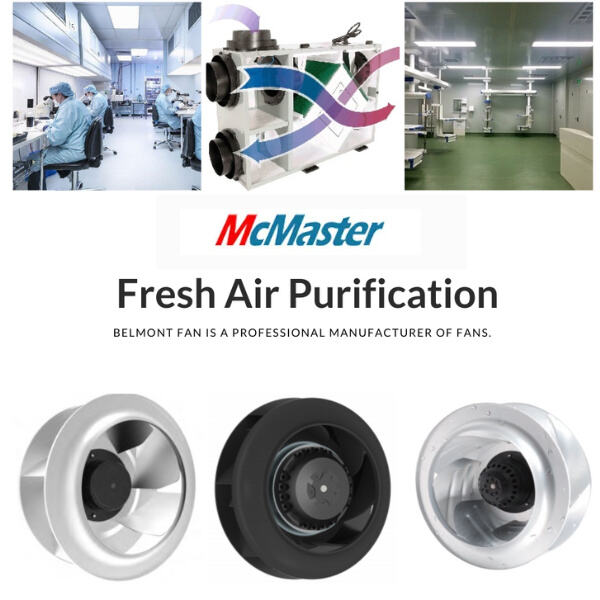When the temperature rises outside, fans are one of our best tools to help keep us cool and comfortable indoors. Do you know that there are plenty and plenty types of fans designed for different kind of tasks? There is one unique business fan, which is a backward curved centrifugal fan. This article will discuss how backward curved fans operate, their advantages, and why such fans are valuable assets for many places such as factories. Let’s dive right in
A backward curved fan is one of the few fans generally designed to be efficient than a fan type known as Forward-curve fan. The backward curved fan has blades that curve towards the fan inlet area. This is unlike a forward-curved fan, which has its blades facing outward. The leading edge design of the backward curved fan helps it operate effectively and allows it to circulate air more efficiently with less sound output. This is crucial in environments like factories when they have to sustain airflow without fail.
Easier to Use—Safety is an important aspect in any workplace. Backward curved fans are more benign than traditional fans, which have outside blades that can injure people nearby. This is especially crucial in bustling workplace settings that are often populated by large numbers of individuals
Last Longer: Backward curved fan blades are made with tough material that allows long-lasting usage without the need for repairs. Thus, factories can operate smoothly without submitting to the concern of constantly repairing their fans. Just as longer-lasting fans also mean keeping replacement costs at a minimum.

Instead, a backward curved centrifugal blower works on a principle known as centrifugal force. When on, the blades grab air entering from the front, and throw it outwards from the center of the fan. This creates a low pressure area in the center of the fan and a high pressure area at the outlet. This pushes the air out in an efficient manner. Since the blades are larger and curved, more pressure is generated and less energy is expended.

The typical efficiency of backward curved fans in factories is higher than that of forward curved fans. Forward curved fans tend to consume more energy due to the manner in which they delivery pressure with air; this can also cause great turbulence or chaos to the airflow as well. This turbulence causes the fan to work harder and consume more energy. Conversely, backward curved fans minimize turbulence which help to provide better performance and quieter operation. This increased functionality becomes useful in places where air flow is required yearround.

Fans can be a source of substantial noise, especially in enclosed environments such as factories or homes. The backward curved fan itself uses a method that is much quieter than traditional fans. That is because they generate less turbulence when it is in use. This is excellent for businesses that need air flow during the working day, without distracting, loud noise. Not only this, backward curved type fans also have lower noise than centrifugal or axial fans without requiring any sort of additional insulation or soundproofing. This is also a benefit in homes that want to keep cool without too much noise.
With over 20 years of experience in robotics, IoT, automotive, and healthcare industries, we offer customized technical support and engineering solutions tailored to specific business requirements. Our end-to-end custom services ensure seamless integration and long-term reliability.
From automotive manufacturing to industrial automation, consumer electronics, and medical technology, our extensive product range includes custom-designed robotics, IoT solutions, and smart automation systems. We offer flexible customization options to meet the evolving needs of global industries.
Established in 2001, we leverage our multinational expertise to deliver customized electrical and automation solutions to customers in over 150 countries. Our tailored engineering services ensure that businesses worldwide receive high-performance, industry-specific solutions that enhance efficiency and reliability.
Committed to advancing electrification and automation, we integrate custom-built technology solutions to optimize production, reduce costs, and lower environmental impact. Our expertise in high-efficiency power systems and smart automation helps businesses achieve sustainable growth with customized solutions.
